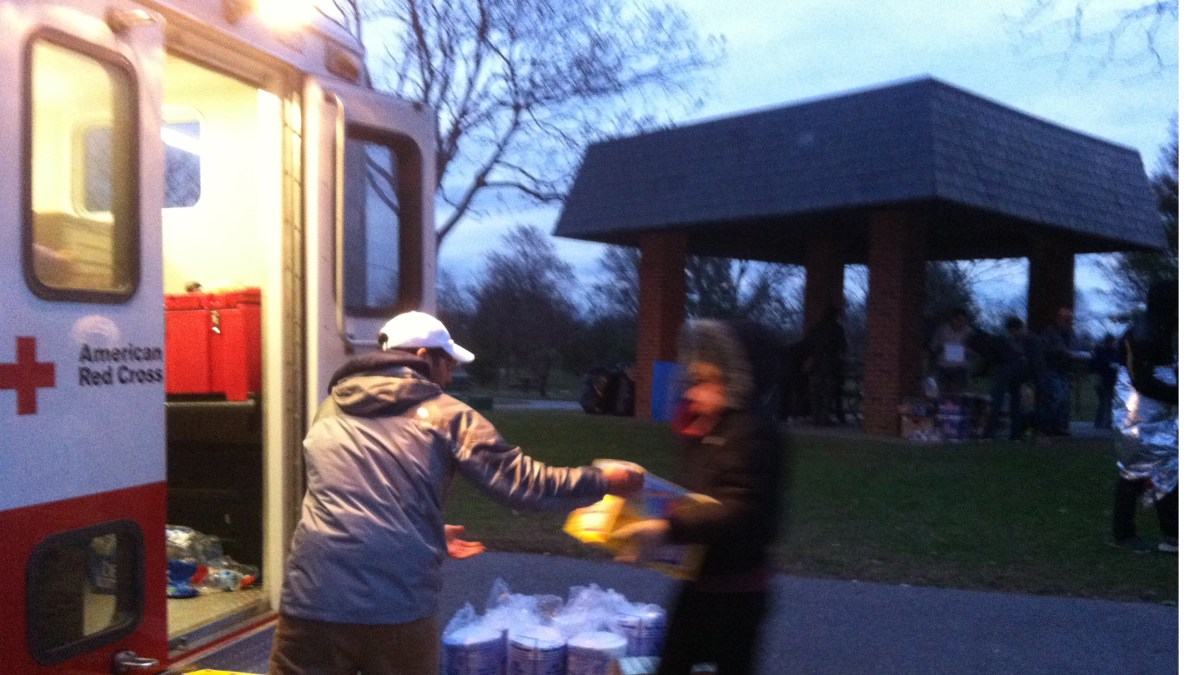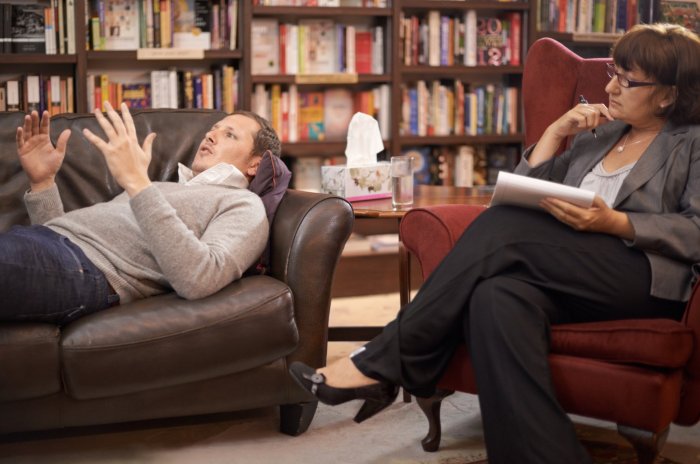In June we reported that the Red Cross was resisting our request that the New York attorney general’s office release information provided by the group on how it spent money after Superstorm Sandy, arguing that documents we sought contained “trade secrets.”
The charity has now reversed itself, concluding that “with all of the disasters the American Red Cross responds to and the peak of hurricane season fast approaching, it simply isn’t worth our time and resources to continue these efforts over a year-old letter,” Red Cross spokeswoman Anne Marie Borrego said.
The Red Cross provided ProPublica with a copy of a July 2013 letter that offers a bit more insight into how it used the more than $300 million it raised for storm relief, but stops short of detailing how it allocated resources geographically or the pace at which money was spent.
In the weeks and months after the storm, the Red Cross faced criticism that it hadn’t provided aid quickly enough where it was most needed.
In an additional note provided with the letter, the Red Cross said that as of June 30, 2014, it had spent $239 million on post-Sandy relief and made “firm commitments” to spend almost all of the rest of the $312 million raised. It also broke its expenditures into seven categories, a level of detail not given in its annual reports or tax filings.
More than half the money spent, $129.6 million, went to financial assistance, food, and other relief items, the Red Cross said. The next-largest expenditures were $46.1 million for “deployment of staff and volunteers (e.g. air travel, rental vehicles, meals, lodging for volunteers)” and $30 million for “costs of permanent program resources included in Superstorm Sandy response.”
The group said it spent smaller amounts to pay temporary disaster workers, to acquire or rent equipment, and on miscellaneous operational costs. Nearly $5 million went to professional and consulting services for events like telethons and direct mail fundraising.
Ben Smilowitz, a Red Cross critic and the founder of the Disaster Accountability Project, said he is glad the Red Cross has released the new details. But he added the new information raised questions about the cost of cross-country volunteer deployments and the “slow pace of spending relief dollars, considering the significant outstanding needs that went unaddressed following the storm.”
Smilowitz said the Red Cross could shed more light on its post-Sandy spending by detailing when and where volunteers were deployed, weekly expenditures in the aftermath of Sandy, and reports from local organizations that received money from the Red Cross that explain how grant funds were used.
The letter to the New York attorney general was written for the Red Cross by Orin Snyder, a Gibson Dunn lawyer who is known for his aggressive representation of clients such as Apple, Mark Zuckerberg, and Starbucks.
Doug White, a nonprofit expert who directs the fundraising management program at Columbia University, praised the Red Cross for dropping its objections to releasing the information on “trade secrets grounds.” “Regardless of how complicated the information is, it still belongs to the public,” he said.
The full letter from the Red Cross on Sandy fundraising and spending can be read here.
If you have experience with or information about the American Red Cross, including its operations after Sandy, email justin@propublica.org. To securely send us documents online, please visit our SecureDrop site.































